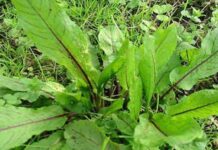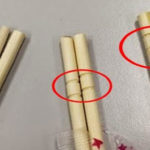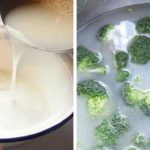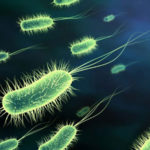Therefore, the risk of humans consuming microplastics is very high and threatens our health if they accumulate in the body. Refer to our tips to help remove microplastics from drinking water for good health!
1 What are microplastics?
Microplastics are described as tiny pieces of plastic with a diameter of less than 5 mm. They can be found anywhere in the natural environment, such as oceans, rivers, and soil.
Microplastics can be produced and easily found in exfoliating products or by the breakdown of larger pieces of plastic in the environment.
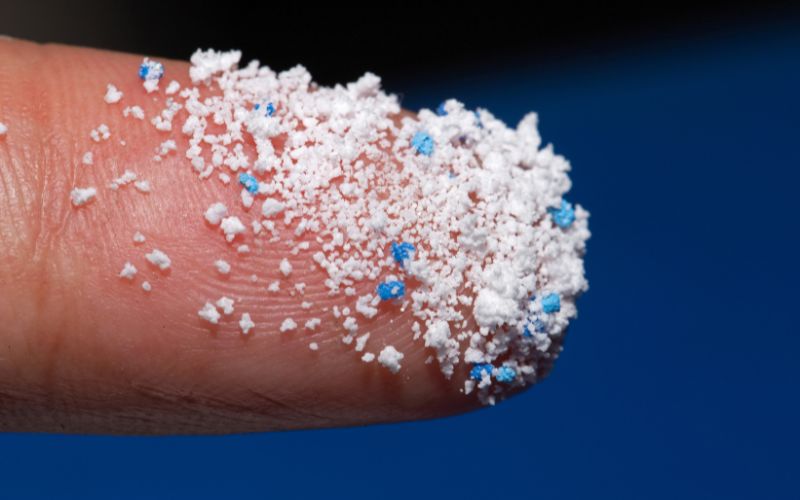
2 Simple ways to remove microplastics from drinking water
There is a simple way to remove microplastics from drinking water that many Vietnamese people often apply without knowing, which is to combine boiling with filtration to remove sediment before drinking. Although it sounds simple, it is highly effective.
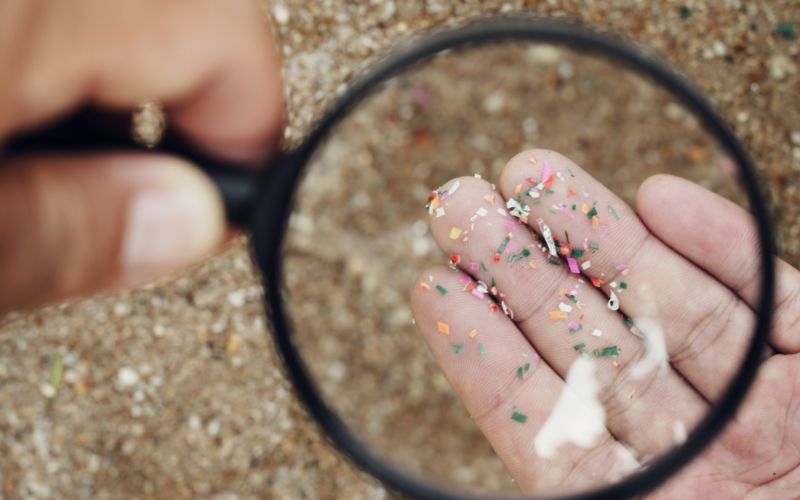
According to an article published in the Journal of Science & Environmental Technology, Professor Zhanjun Li and Professor Eddy Y. Zeng said that boiled and filtered water can remove up to 90% of nano and microplastics. The water filtration process also removes limescale formed by boiling water.
There are now many different types of water purifiers on the market, or you can use a filter or filter with quality filter paper to remove microplastics significantly.
3 How to limit the absorption of microplastics from food
To limit the potential absorption of microplastics from food, it is best to choose foods from clear sources. There is no need to cut out foods that are at risk of microplastic contamination; you should have a healthy diet plan to boost immunity.
At the same time, microplastics can come from disposable plastic packaging and boxes, so you should limit the use of these types of packaging!
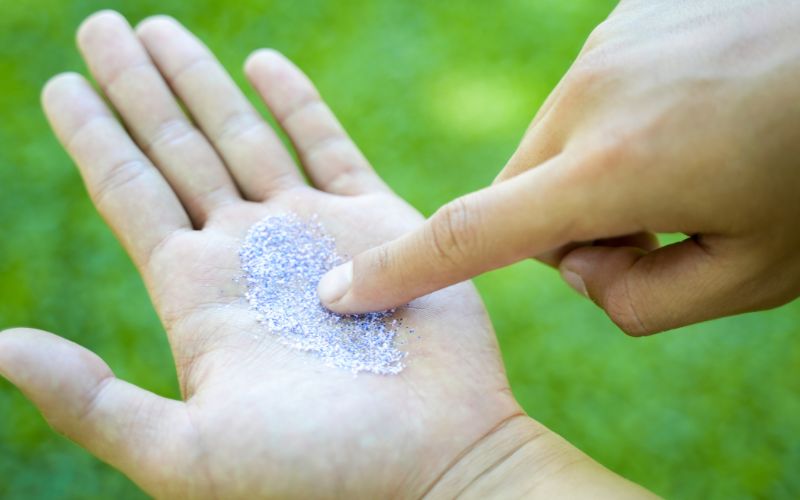
The above is some information on easy ways you can remove microplastics from drinking water. I wish you all a good day!
Source: Dân trí Newspaper
Exploring the Pros and Cons of Sleeping in an Air-Conditioned Room
Is sleeping with an air conditioner a good idea? As concerns over the adverse effects of air conditioning on our health increase, it’s important to understand the risks and rewards of using air conditioning while sleeping. Let’s examine the benefits and drawbacks of sleeping with an air conditioner, and the protective measures one should take.























